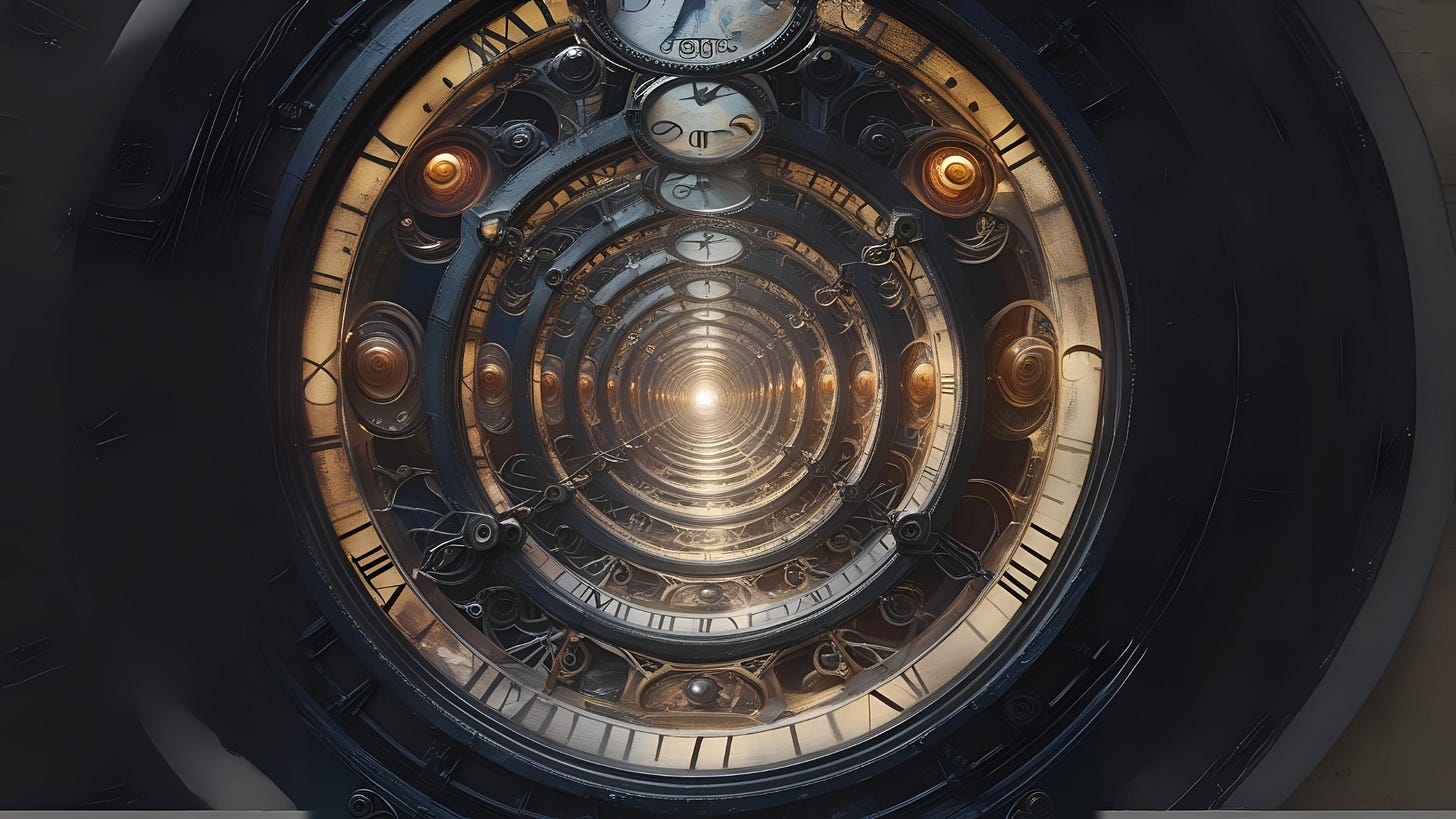Grammar Boost: The Third Conditional
Talking About What Didn't Happen
The third conditional…. it’s a tricky one!
However, this grammar structure is essential for anyone who wants to talk about hypothetical situations in the past.
In other words, we use it to imagine how things could have been different if a past event had or had not happened. This is especially useful when discussing significant events like natural disasters.
The basic structure of the third conditional is:
If + past perfect, ... would have + past participle
Let's break that down.
The first part, the "if clause," uses the past perfect (had + past participle). This is where you describe the hypothetical past action.
The second part, the "result clause," uses would have + past participle. This is where you explain the imaginary result of that past action.
Think of it this way: the third conditional is your time machine for sentences. You go back in time (past perfect) to change one thing, and then you see what the new result (would have + past participle) is in the present.
Examples in Action
Let's see how this works with some examples related to natural disasters:


